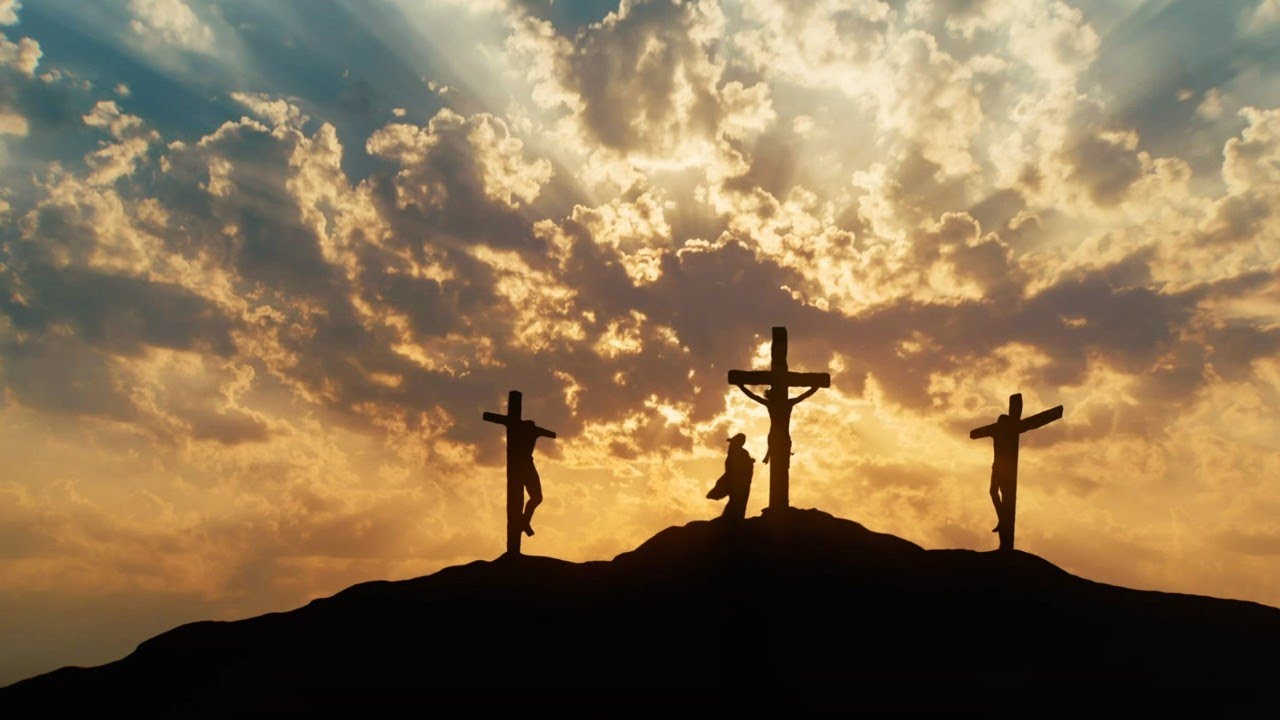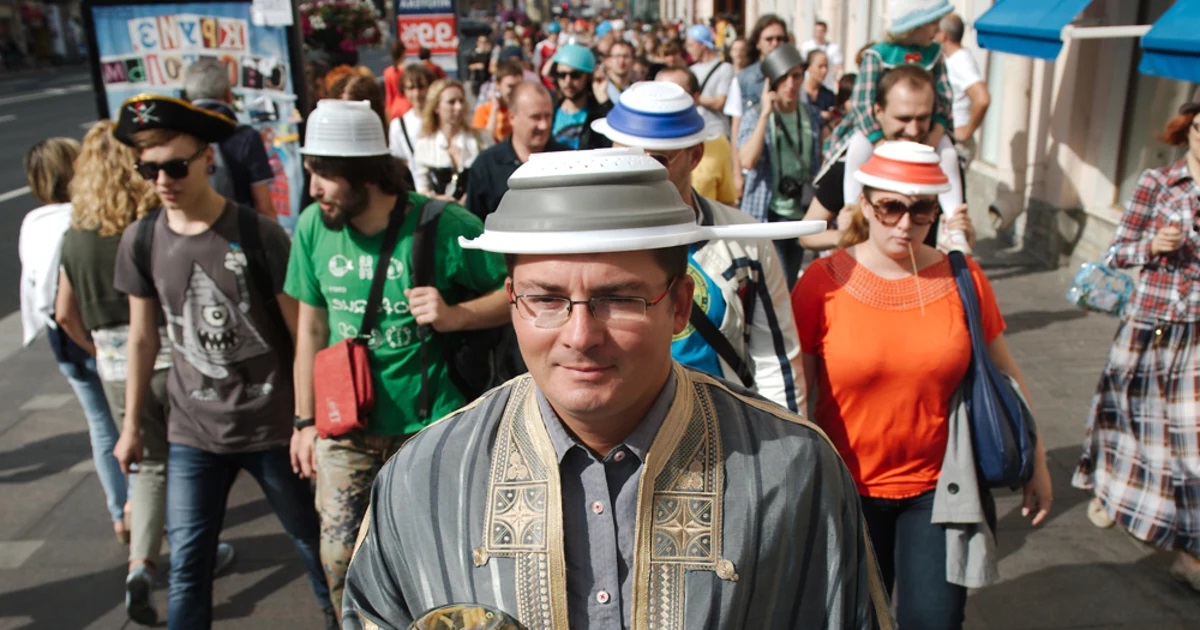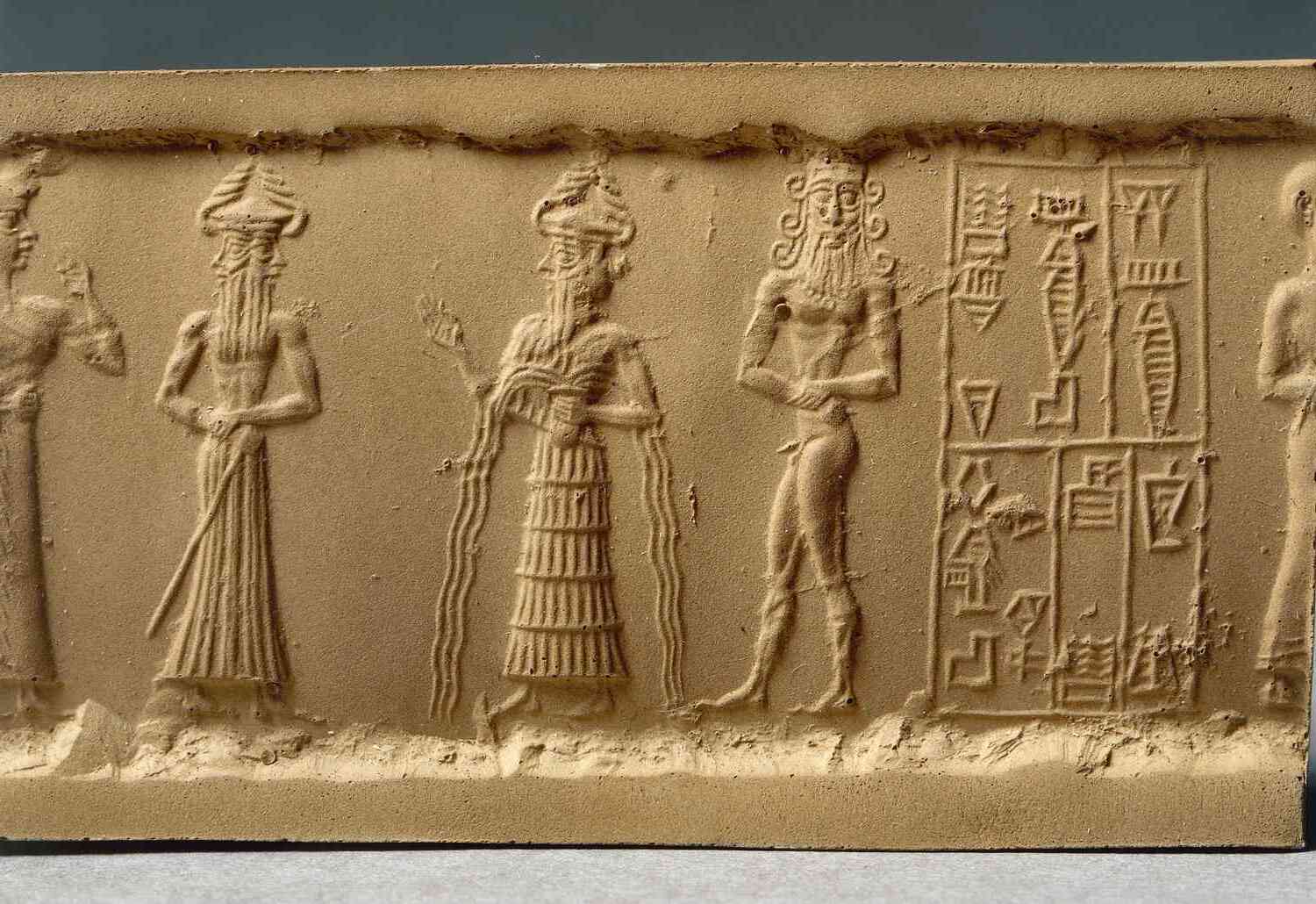
The Crucifixion of Jesus stands as one of history's most significant events, shaping religious beliefs and cultural narratives for centuries. Did you know that this event is not only detailed in the Bible but also mentioned in various historical texts? From the method of crucifixion to the political and social context of the time, there are numerous intriguing aspects to explore. Why was Jesus crucified? What were the customs surrounding such executions? How did this event influence early Christianity and beyond? In this post, we'll uncover 30 fascinating facts about the Crucifixion of Jesus, shedding light on the historical, religious, and cultural dimensions of this pivotal moment. Get ready to delve into a story that has resonated through the ages, touching countless lives and sparking endless discussions.
Key Takeaways:
- The crucifixion of Jesus took place during Roman rule and Jewish traditions, involving trials, suffering, and ultimately leading to his resurrection, which became the foundation of the Christian Church.
- Jesus' crucifixion and resurrection symbolize the ultimate sacrifice for humanity's sins, leading to the spread of Christianity and the birth of the Christian Church, with profound implications for the early Christian community.
Historical Context of the Crucifixion
Understanding the crucifixion of Jesus requires some background on the historical and cultural setting of the time. This event took place in a period marked by Roman rule and Jewish traditions.
- Roman Occupation: The crucifixion occurred during the Roman Empire's control over Judea. Romans used crucifixion as a method of execution for criminals and rebels.
- Jewish Passover: Jesus was crucified during the Jewish festival of Passover, a time commemorating the Israelites' escape from Egypt.
- Pontius Pilate: The Roman governor of Judea, Pontius Pilate, authorized Jesus' crucifixion. Pilate is a controversial figure, often depicted as reluctant to condemn Jesus.
- Sanhedrin's Role: The Jewish council, known as the Sanhedrin, played a significant role in Jesus' trial, accusing him of blasphemy.
- Political Tensions: The period was marked by political unrest, with various Jewish groups seeking independence from Roman rule.
The Trial of Jesus
Before the crucifixion, Jesus underwent a series of trials, both religious and civil. These trials were pivotal in leading to his execution.
- Arrest in Gethsemane: Jesus was arrested in the Garden of Gethsemane after being betrayed by Judas Iscariot.
- Trial Before the Sanhedrin: The first trial took place before the Jewish council, where Jesus was accused of claiming to be the Son of God.
- Peter's Denial: During the trial, Peter, one of Jesus' closest disciples, denied knowing him three times.
- Trial Before Pilate: Jesus was then taken to Pontius Pilate, who questioned him about being the King of the Jews.
- Herod Antipas: Pilate sent Jesus to Herod Antipas, the ruler of Galilee, who mocked him and sent him back to Pilate.
The Process of Crucifixion
Crucifixion was a brutal and humiliating form of execution. The process involved several stages, each designed to maximize suffering.
- Scourging: Before being crucified, Jesus was scourged, a form of whipping that caused severe physical trauma.
- Crown of Thorns: Roman soldiers placed a crown of thorns on Jesus' head, mocking his claim to kingship.
- Carrying the Cross: Jesus was forced to carry his cross to the site of execution, a journey known as the Via Dolorosa.
- Simon of Cyrene: A man named Simon of Cyrene was compelled to help Jesus carry the cross.
- Golgotha: The crucifixion took place at Golgotha, also known as Calvary, meaning "the place of the skull."
The Crucifixion Itself
The actual crucifixion involved nailing Jesus to the cross and leaving him to die a slow, agonizing death.
- Nailing to the Cross: Jesus was nailed through his wrists and feet to the wooden cross.
- Two Thieves: Jesus was crucified between two thieves, one of whom mocked him while the other asked for forgiveness.
- "Father, Forgive Them": Jesus' first words from the cross were a plea for forgiveness for those who crucified him.
- Darkness Over the Land: From noon until three in the afternoon, darkness covered the land.
- "My God, My God": Jesus cried out, "My God, my God, why have you forsaken me?" quoting Psalm 22.
The Death of Jesus
The death of Jesus marked a significant moment in Christian theology, symbolizing the ultimate sacrifice for humanity's sins.
- "It is Finished": Jesus' final words were "It is finished," indicating the completion of his mission.
- Temple Curtain Torn: At the moment of Jesus' death, the curtain in the Temple was torn in two, symbolizing the end of the separation between God and humanity.
- Earthquake: An earthquake occurred, splitting rocks and opening tombs.
- Centurion's Declaration: A Roman centurion who witnessed the events declared, "Surely this was the Son of God!"
- Burial by Joseph of Arimathea: Jesus' body was taken down from the cross and placed in a tomb by Joseph of Arimathea, a secret follower.
The Aftermath and Significance
The events following the crucifixion had profound implications for the early Christian community and the spread of Christianity.
- Resurrection: Three days after his death, Jesus rose from the dead, an event celebrated as Easter.
- Appearances to Disciples: Jesus appeared to his disciples multiple times after his resurrection, providing them with final teachings.
- Great Commission: Jesus instructed his followers to spread his teachings to all nations, known as the Great Commission.
- Ascension: Forty days after his resurrection, Jesus ascended into heaven.
- Birth of the Church: The crucifixion and resurrection of Jesus are considered the foundation of the Christian Church, leading to the spread of Christianity throughout the Roman Empire and beyond.
Final Thoughts on the Crucifixion of Jesus
The crucifixion of Jesus stands as a pivotal moment in history, deeply influencing Christianity and shaping countless lives. This event, marked by profound suffering and ultimate sacrifice, underscores themes of redemption and forgiveness. Understanding the historical context, cultural significance, and religious implications offers a richer perspective on this monumental occurrence.
From the political tensions of the time to the symbolic meanings behind the crucifixion, each fact adds depth to our comprehension. Whether you're exploring this topic for spiritual growth or academic curiosity, these insights provide a comprehensive view.
Reflecting on these facts not only enhances our knowledge but also invites us to ponder the enduring impact of Jesus' crucifixion on faith and humanity. This event, etched in history, continues to resonate, reminding us of the profound lessons it imparts.
Frequently Asked Questions
Was this page helpful?
Our commitment to delivering trustworthy and engaging content is at the heart of what we do. Each fact on our site is contributed by real users like you, bringing a wealth of diverse insights and information. To ensure the highest standards of accuracy and reliability, our dedicated editors meticulously review each submission. This process guarantees that the facts we share are not only fascinating but also credible. Trust in our commitment to quality and authenticity as you explore and learn with us.


